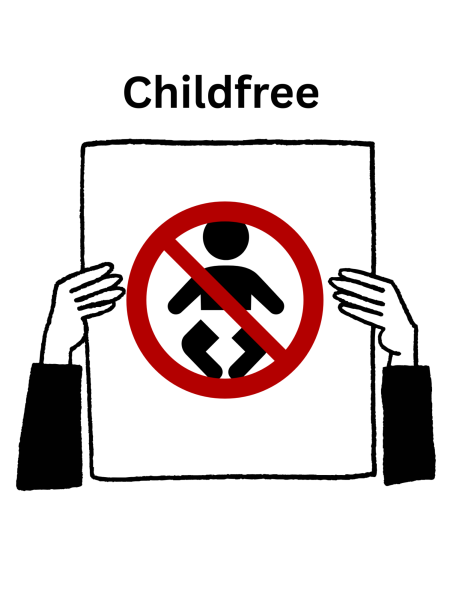Substitute Teachers Struggle in the Classroom
May 9, 2022
Schools have been feeling the pain of teacher and substitute teacher shortages since the beginning of the pandemic. Substitutes are being called upon with little to no training to fill in for teachers who do not want to go back to the classroom, or who need to take time off if they are feeling sick. To retaliate against this shortage, states are lightening the requirements needed to substitute teach, or even officially teach in the classroom. Here in Bakersfield, a substitute applicant can become an emergency substitute teacher by passing a background check, a tuberculosis and general health screening, completing a sexual harassment and mandated reporter training course, and turning in an official transcript from their school. They then must either fulfill a basic skills requirement through completing college courses for math, reading, and writing, or pass the California Basic Educational Skills Test. Substitute teachers would also have to apply to receive their California Commission on Teacher Credentialing, which they would do after passing the background fingerprint check.
While these required steps do cost just over $100, it is relatively easy for applicants to fulfill these requirements. There is no required training to go into the classroom, and some states have even more relaxed requirements. Peter Medlin of NPR states that, “In Illinois, districts are holding one-day training sessions to get substitutes in the classroom as soon as possible.” They continue to say, “Some schools are so desperate for substitutes…in New Mexico, they’ve even called in the National Guard. In Illinois, a short-term substitute license was created in direct response to the shortage.”
The reason for this shortage is due to a number of reasons, with the worst cause being the pandemic. Time author Katie Reilly believes that the pandemic has caused substitute teaching to be a low pay, high risk job, stating that, “…many substitute teachers are in an age group that is more vulnerable to the disease [COVID-19].” Reilly also mentions that, “…the shortage of substitute teachers also preceded the pandemic in many places, as they face low pay, unpredictable schedules and the challenge of supervising students who might misbehave in the absence of their teacher. The median hourly wage for short-term substitute teachers is $14.12, according to the Bureau of Labor Statistics.” Students that are faced with a substitute often take advantage of that person, using the advantage of the substitute not knowing classroom procedures to get away with things they normally would not be able to do. On top of this, the pay is not worth dealing with the stress; substitute teaching is a demanding job that pays nearly as well as other minimum wage jobs. Hours and days substitute teaching are also not guaranteed, as a substitute could be kicked out from a district. Shmoop states that, “Subs are basically judged on their classroom management, so if you can’t keep order, you also can’t keep your job.”
It is a shame that there is not more training for both substitute teachers and teachers alike. If training were available for these two occupations, then classroom management, pay, and the quality of life for these individuals would improve. I have subbed for a 5th grade classroom at Quailwood Elementary. This school was part of the Fruitvale School District, which is known to be a district with students who perform well. I went in with a minor amount of confidence and tried to prepare myself for all possible situations. The teacher I substituted for stated that the class was usually well-behaved and gave me a list of activities they needed to complete. He briefly stated that I needed to give and take away points on a digital classroom website called Classdojo, which I had never used. When he left, students were immediately asking for points for the most trivial tasks, or for no reason at all. The students would also constantly tell on each other, telling me to take away points from other students for misbehaving or doing things that were not acceptable in their classroom environment. It was very overwhelming to have them all rush me at once about the point system, and it took a lot to calm them down and keep them on task. While the points system often did incentivize them to complete tasks such as reading and grading their math homework, it was still stressful to have them all speak out at once about the points system. At the end of the day, I was very stressed out, and was relieved once the day was over.
Classroom management is something that should be taught to all aspiring teachers and substitute teachers, yet for some reason there seems to be no training in any aspect of teaching. Teachers of all kinds are expected to pick up the skills needed to handle a classroom as they go, which I believe is very demanding. Students are hard to manage, let alone teach, and the credential program alone is not enough to prepare future teachers and substitute teachers for the challenges they will face.








Trisha Sales • May 15, 2022 at 11:16 am
The article states that the steps required to become a substitute teacher cost just over a $100. Where did you get that information? The cost for the background check and the TB test are almost $100. Then their is the CBEST fee ($40 minimum the required college courses <$300), and the fee to get the credential (which is over $100, but waived until July 2, 2022). On top of that, it takes about 3 months to get the credential once it is submitted. Your article reads as if someone can just show up and pay $100 and start teaching. That isn’t the case.